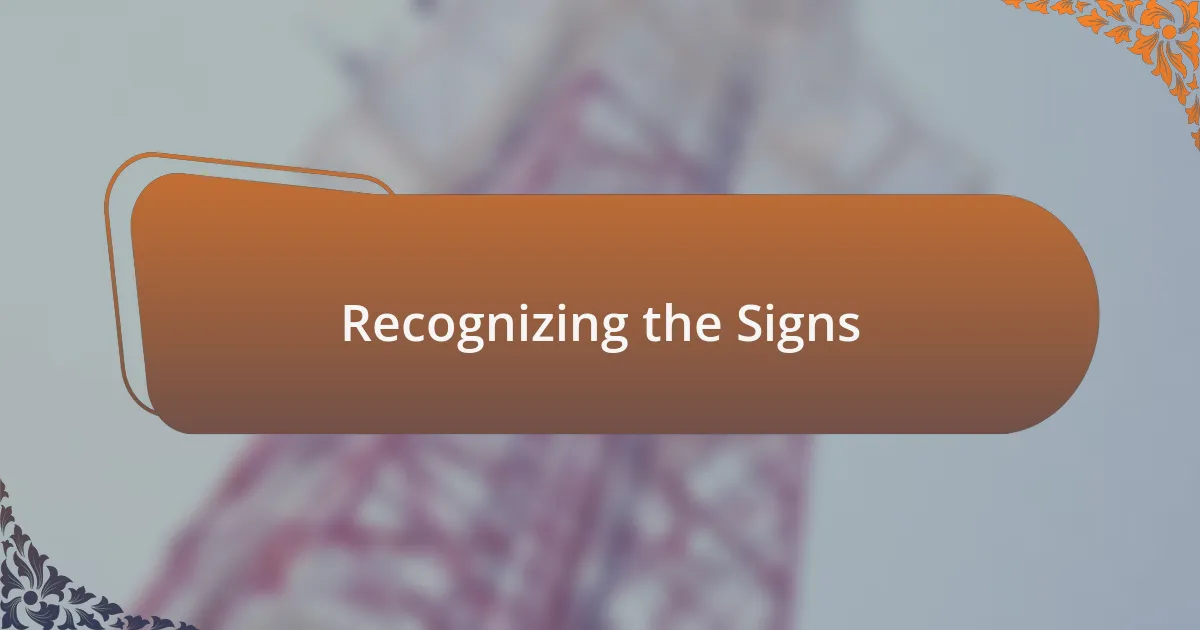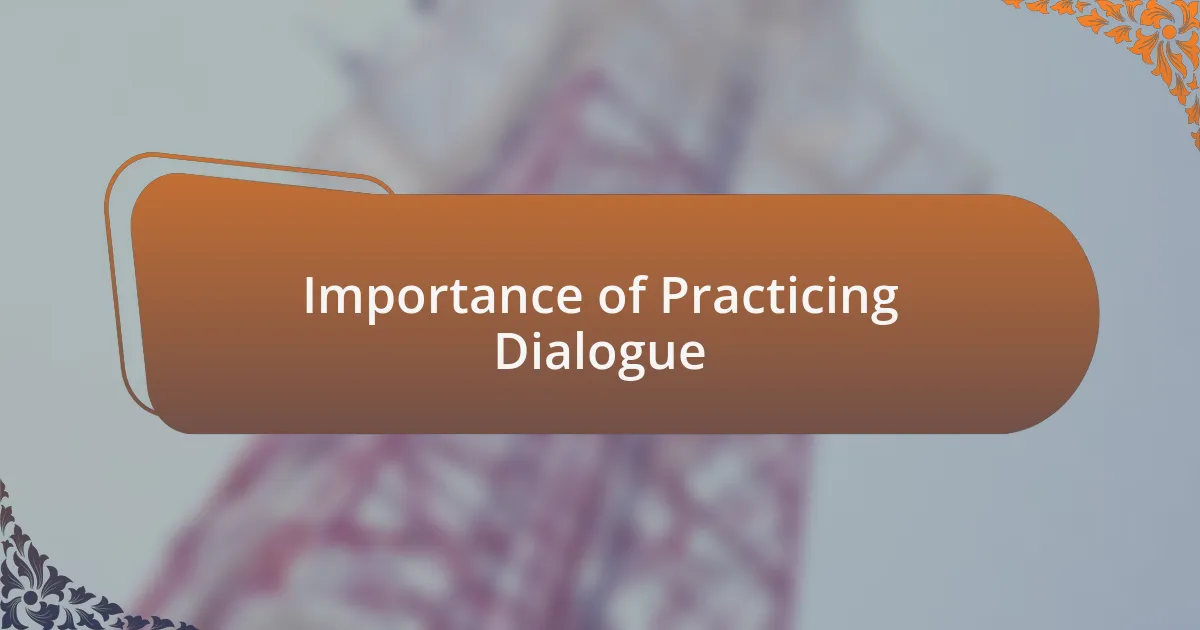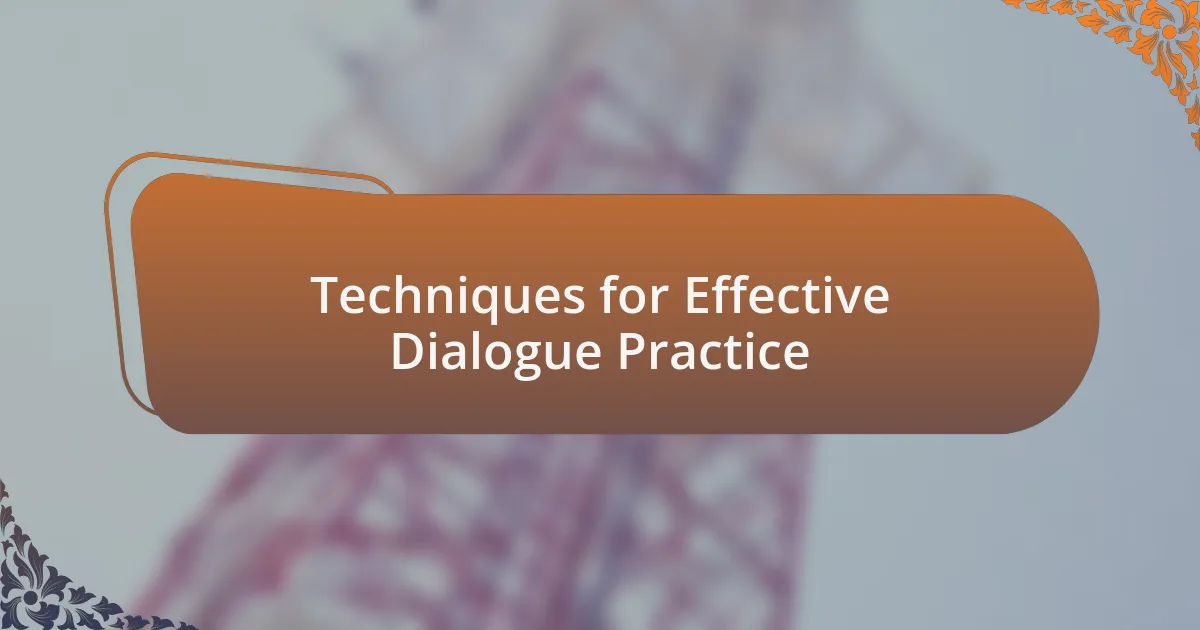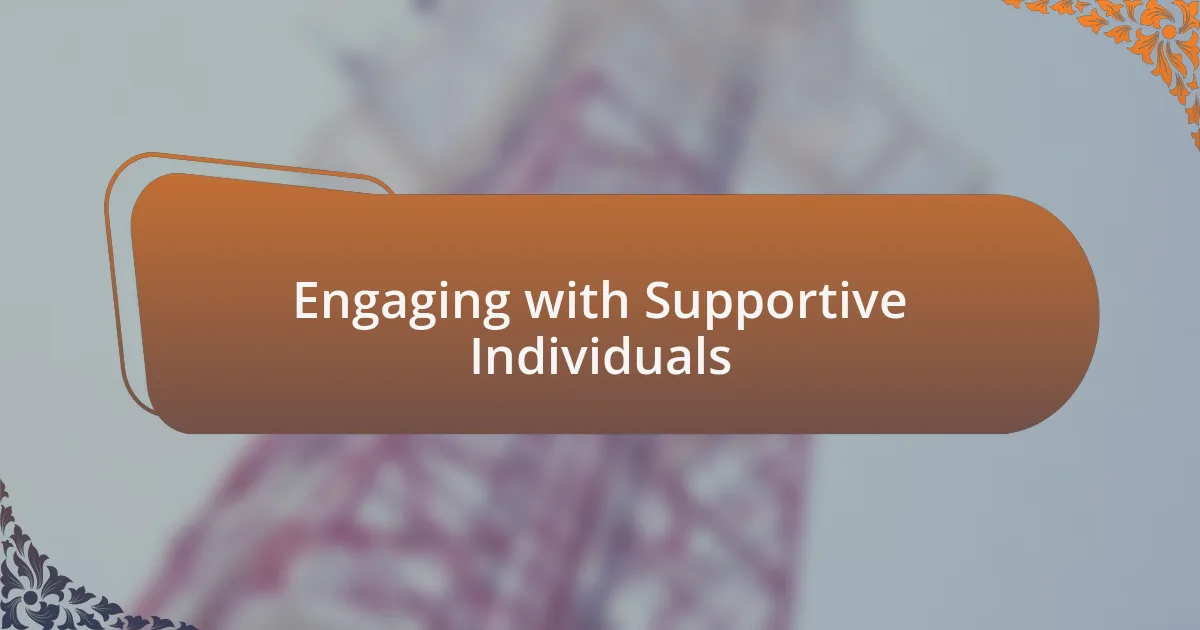Key takeaways:
- Selective mutism is an anxiety disorder that affects children’s ability to communicate in specific social situations, despite their verbal expressiveness in comfortable settings.
- Recognizing non-verbal cues, such as body language and expressions, is essential for understanding and supporting children with selective mutism.
- Practicing dialogue in a supportive and relaxed environment can help build confidence and reduce anxiety related to speaking.
- Engaging with empathetic individuals and celebrating small victories fosters a sense of safety and encourages children to express themselves more freely.

Understanding Selective Mutism
Selective mutism is a complex anxiety disorder primarily affecting children, where they struggle to speak in certain social situations despite being verbally expressive in more comfortable environments. From my experience, I’ve seen how the quiet struggle of a child might not always align with their ability to communicate at home. It raises the question: how can a child be so vocal in one space yet silent in another?
This condition often intricately intertwines with shyness and social anxiety, creating a cycle that is hard to break. I remember a young girl I worked with who was animated and chatty during art class but froze when called upon in a group setting. It’s heartbreaking to witness such potential stifled by fear; it leads me to wonder how often we misinterpret silence as disinterest rather than a deep-seated fear.
Moreover, selective mutism is not merely a phase; it can significantly impact a child’s social development and academic performance if not addressed timely. Each time a parent or teacher attempts to engage with a silent child, there is a mix of hope and uncertainty. How can we support these children in finding their voice? It truly requires patience, understanding, and sometimes a carefully planned intervention to create a safe space for them to express themselves.

Recognizing the Signs
Recognizing the signs of selective mutism can be subtle yet impactful. Often, the child may exhibit extreme shyness in public, avoiding eye contact and retreating into silence. I remember a classroom scenario where a boy sat quietly, his expression a mix of fear and longing as his peers engaged in cheerful chatter around him. It’s moments like that when I realized how critical it is to notice these behaviors—what seems like aloofness could be a profound struggle.
Many children with selective mutism might also display physical symptoms of anxiety, such as fidgeting or avoiding certain situations altogether. In one instance, a parent shared how her daughter would cling tightly to her hand when entering a new environment, her eyes darting nervously around the room. These non-verbal cues are essential; they signal a deeper discomfort that words alone cannot convey. How often do we underestimate the power of these signals?
Additionally, children may find ways to communicate without speaking, such as nodding or using gestures. I recall a young boy who would point to items or use expressive facial gestures during playdates rather than uttering a single word. This alternative method of communication is crucial for understanding the child’s needs. Recognizing these signs can help caregivers and educators tailor their approaches, creating a more supportive atmosphere for growth and expression.

Importance of Practicing Dialogue
Practicing dialogue is essential for building confidence in children with selective mutism. I often think back to a girl I worked with who found speaking in small groups challenging. As we engaged in simple role-playing exercises, I could visibly see her relaxing as she practiced each word, transforming her hesitance into a spark of eagerness. It made me realize that these small steps are critical; they create a safe space for children to express themselves.
Engaging in dialogue helps children feel more comfortable with spoken communication, increasing their sense of belonging. I vividly remember a workshop where a shy boy finally spoke up during an exercise. His face lit up with pride, and the excitement in his eyes said it all. It made me wonder, how many fulfilling conversations are waiting for them just on the other side of practice? Dialogue opens up pathways for connection and understanding, leading to lasting relationships.
Moreover, consistent practice can significantly reduce anxiety associated with speaking. I’ve witnessed this firsthand during a group session where we focused on collaborative storytelling. The laughter and encouragement that filled the room not only eased tensions but also encouraged the children to share their thoughts freely. Isn’t it incredible how dialogue can shift the atmosphere from one of fear to one of joy? By practicing dialogue, children can break down their walls and find their voices amidst the silence.

Techniques for Effective Dialogue Practice
One effective technique I’ve found invaluable is the use of visual cues during dialogue practice. I remember introducing flashcards with emotions and situations to a young girl who often struggled to express herself. As she identified the emotions on each card, it sparked conversations between us. It was fascinating to see how visual prompts helped her articulate feelings she couldn’t otherwise voice. Isn’t it amazing how something so simple can unlock deeper communication?
Another powerful approach is incorporating storytelling into our exercises. During a session, I asked a group of kids to create a story together, each contributing a sentence. The excitement bubbled up as they exchanged ideas and built on each other’s contributions. I could practically feel their confidence grow with every word they shared. Stories have a unique way of connecting us—don’t you think they also make speaking feel less intimidating?
Lastly, I always prioritize creating a relaxed and inviting atmosphere. Once, I hosted a practice session in a cozy setting, complete with pillows and soft lighting. I noticed the children were more willing to speak up, and their laughter filled the room. That comfortable environment significantly reduced their anxiety. So, how can we replicate that warmth in every practice session? It’s about fostering trust and connection, allowing their voices to be heard in a safe space.

Creating Comfortable Environments
Creating a comfortable environment starts with understanding the individual needs of each child. During one practice session, I noticed that a child was much more relaxed when she was allowed to bring her favorite stuffed animal. As she squeezed it tightly, I could see her tension melt away, and it became easier for her to engage in dialogue. Have you ever considered how a small object of comfort can transform communication dynamics?
It’s equally essential to manage noise and distractions in the space where you practice. I recall a time when the bustling sounds of a nearby playground made it challenging for one child to focus. After a quick change of location to a quieter room, the difference was remarkable. The child’s confidence surged as we practiced speaking, showing just how vital the right environment is for effective communication.
Furthermore, I’ve found that setting boundaries around practice time can ease anxiety. I once implemented a short, five-minute chat session every hour during a longer workshop. Participants began looking forward to that small break, and it allowed them to gather their thoughts without feeling overwhelmed. Isn’t it comforting to know that structure can actually enhance their willingness to engage?

Engaging with Supportive Individuals
Engaging with supportive individuals can significantly impact a child’s ability to express themselves. I remember facilitating a session where a child was paired with a kind-hearted volunteer who shared similar interests. As they exchanged stories about their favorite cartoons, the child’s face lit up; it became clear that the warmth and enthusiasm from the volunteer helped break down barriers. Have you ever witnessed the magic that occurs when empathy fills the room?
Another key aspect I’ve observed is the role of patience. In one instance, I worked with a child who struggled to articulate her thoughts. Her supportive friend was there, gently encouraging her to take her time without placing any pressure to respond quickly. This alliance allowed for a safe space where each pause felt natural, almost like a dance between them. It begs the question: how vital is it to have someone who understands the beauty of slowing down?
Lastly, celebrating small victories with supportive individuals can bolster confidence. I remember one moment when a child managed to say just one word during a practice session. The supportive friends cheered enthusiastically, creating an atmosphere of joy and validation. What if we took the time to acknowledge and celebrate progress, no matter how small, each time it happens? Celebrations like these can transform the practice experience into a memorable journey rather than a daunting task.

Personal Experiences and Reflections
When reflecting on my own experiences, I recall a quiet moment with a child who found speaking daunting. I remember sitting on a bench beside him, tossing a ball back and forth. Instead of focusing on words, we connected through laughter and playful gestures. It made me wonder: can non-verbal communication pave the way for deeper understanding and comfort?
There was a day when I facilitated a group session that felt particularly magical. A young girl, who had previously been silent, finally shared a secret about her love for animals. Listening to her, I felt a rush of pride and joy, not just for her breakthrough but also for the entire group that offered unwavering support. This led me to question: how powerful can a shared passion be in encouraging open dialogue?
One poignant memory that stands out is when a child finally found the courage to ask a question after weeks of silence. The moment froze in time; I could feel the weight of her anticipation. Her peers responded with an outpouring of encouragement, and I realized then that every time we foster an environment of trust, we open doors to stories waiting to be told. It makes me think: how essential is it for every voice to be heard, especially in such formative moments?